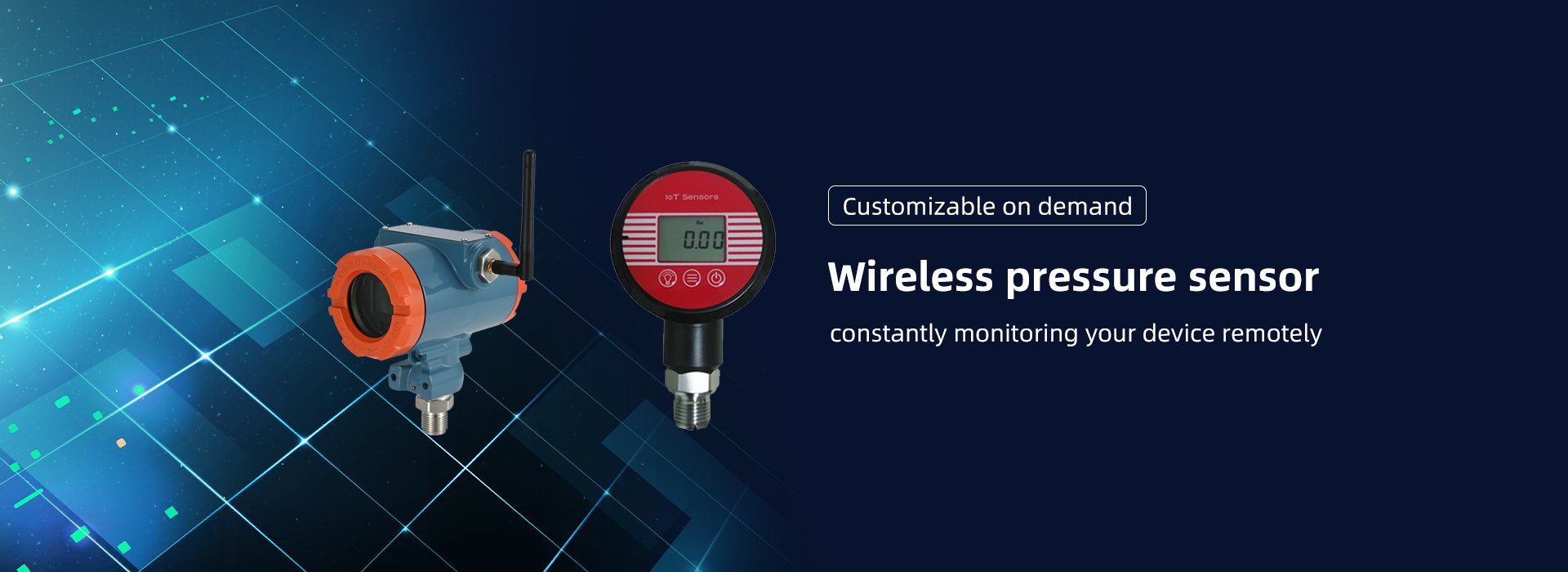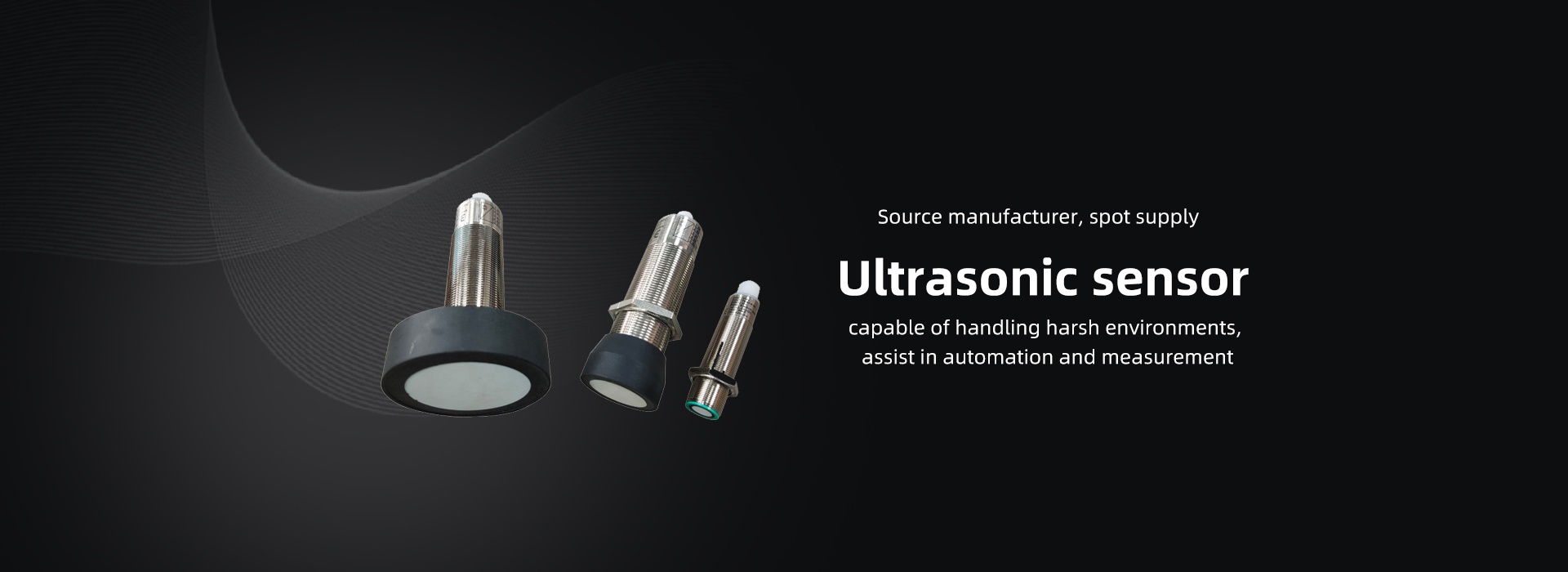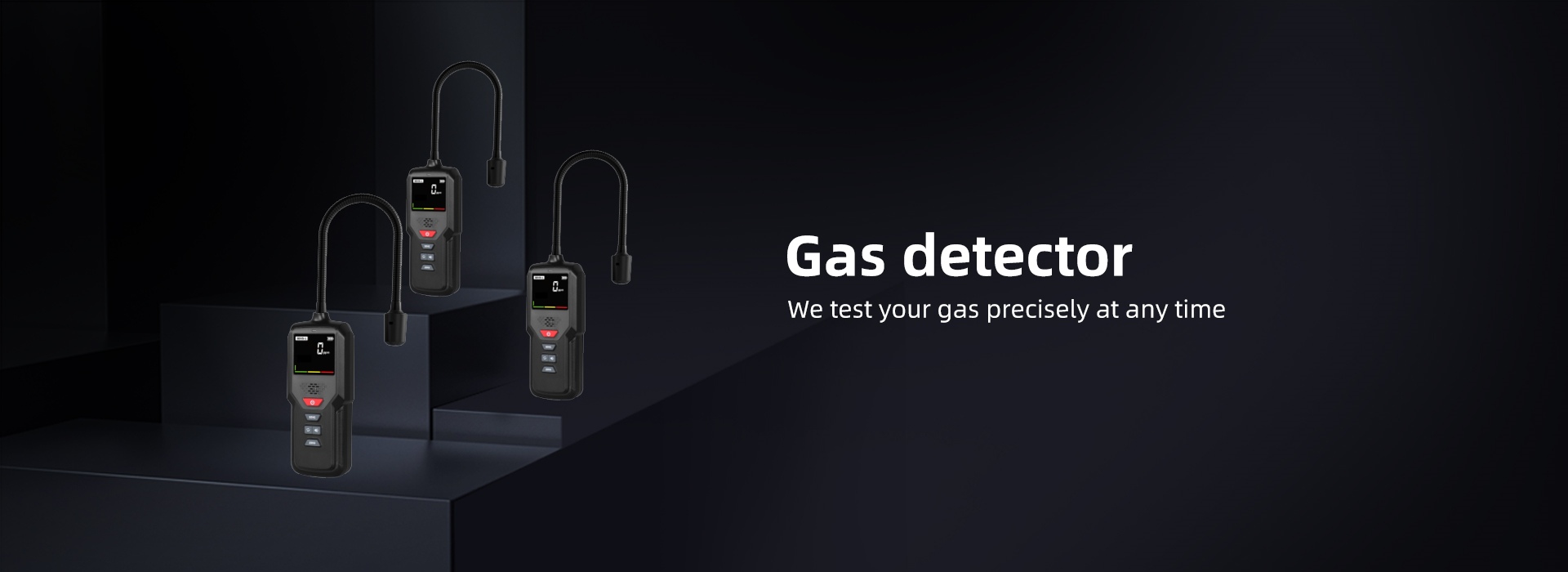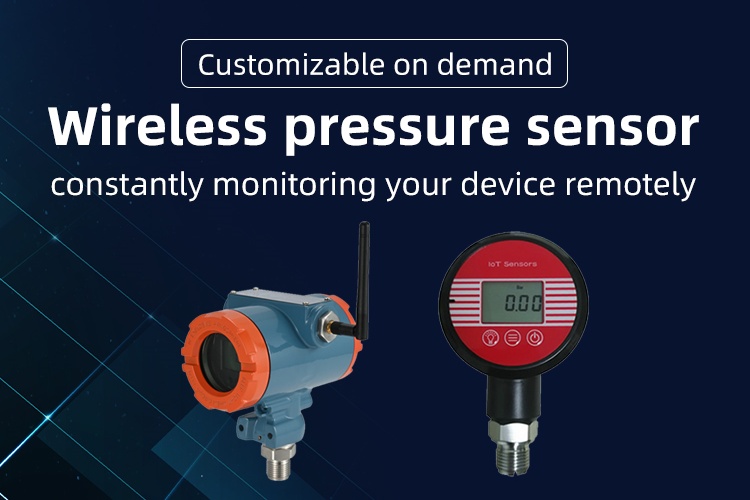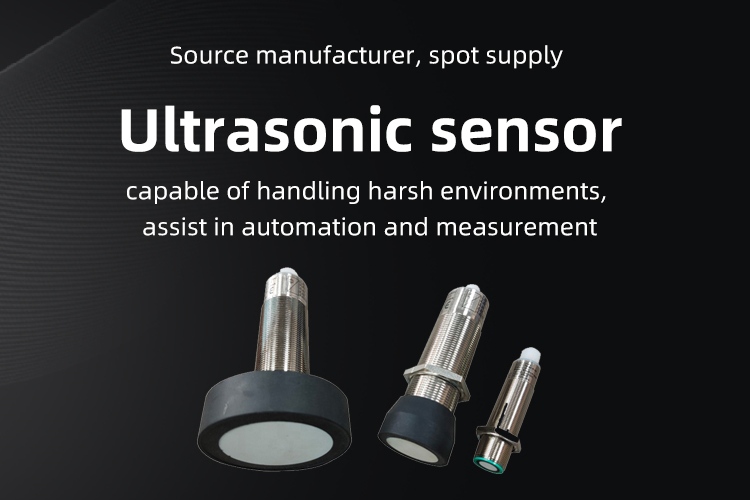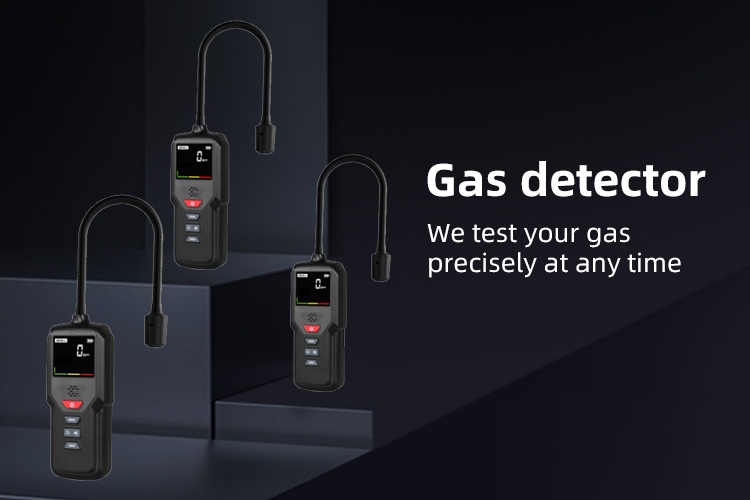
-
Home
- About Us
- Products
- Application scenarios
- Download
- News
What is the difference between 1MHz and 2MHz ultrasonic sensors in the application of ultrasonic water meters?
2025-09-19What is the difference between 1MHz and 2MHz ultrasonic sensors in the application of ultrasonic water meters?
Simply, a 1MHz sensor is more like an off-road vehicle, with strong penetration and adaptability, but slightly lower accuracy and resolution; And 2MHz sensors
are more like "sports cars", with high accuracy and fast response, but with more stringent environmental requirements.
Civilian small-diameter water meters (DN15-DN40) generally use 1MHz, while industrial large-diameter or precision demanding water meters tend to use 2MHz.
Detailed comparative analysis
Characteristic dimension
1MHz ultrasonic sensor
2MHz ultrasonic sensor
The impact on water meter design
Wavelength and accuracy
Longer wavelength (about 1.5mm in water)
Short wavelength (about 0.75mm in water)
2MHz has higher accuracy and resolution. Shorter wavelengths can measure Time of Flight more accurately, especially sensitive to small flow rates and changes in flow velocity, which is beneficial for reducing the initial flow rate (high sensitivity)
Penetration and attenuation
Less attenuation, longer propagation distance of sound wave energy in water, and smaller loss
Significant attenuation makes it easier for sound wave energy to be absorbed and scattered by impurities and bubbles in water
1MHz is more suitable for working conditions with poor water quality (containing impurities and more bubbles). In large-diameter pipelines (such as DN100 and above), 1MHz can ensure that the signal reaches the opposite sensor smoothly, with higher reliability. 2MHz signal may experience severe attenuation in dirty water, leading to measurement failure
Beam angle
The beam angle is wide. The diffusion range of sound waves is larger
The beam angle is narrow. Sound wave energy is more concentrated and has better directionality
The 2MHz beam is more concentrated and less affected by flow field disturbances (eddies, asymmetric flows) inside the pipeline, which is beneficial for improving measurement stability. A 1MHz wide beam may introduce errors when the flow field is poor
Immunity to external noise
Strong anti-interference ability. Low frequency, far from the frequency range of common mechanical vibrations and flow noise
The anti-interference ability is slightly weaker. Higher frequencies may be more susceptible to interference from certain high-frequency noise
1MHz may perform more stably in noisy industrial environments. Careful circuit filtering is required to optimize the noise resistance of 2MHz
Cost and Process
Relatively low. The manufacturing process of ceramic chips and other materials is more mature
Relatively high. More precise process requirements for chip processing, matching layers, and acoustic sealing
A 1MHz sensor can help reduce the overall cost of the meter, which is crucial for the large civilian small caliber water meter market
Main application scenarios
Civil small-diameter water meters (DN15-DN50), large-diameter pipeline water meters (DN80 or above), and situations with complex water quality conditions
Industrial metrology with extremely high precision requirements, clean water media, small and medium-sized diameters (DN25-DN100), and optimized flow fields
The choice depends on the pipe diameter, water quality, and target accuracy level. There is no absolute good or bad, only the most suitable application
How to choose?
1. Diameter:
Small caliber (DN15-DN40): Typically, 1MHz is preferred. Due to its small diameter and short propagation distance, the advantage of 2MHz accuracy is not obvious,
but its disadvantage in resisting water quality interference is prominent. The quality of civilian tap water cannot be guaranteed to be always pure, and 1MHz has higher reliability.
Medium to large caliber (DN50-DN300+): This is an area that needs to be balanced.
If the water quality is good (such as filtered circulating water, pure water) and high precision is pursued, 2MHz can be selected.
If the water quality is uncertain or poor (such as raw water, sewage, heating water), stable and reliable operation is required, and 1MHz must be selected. For ultra large apertures
(such as DN200 and above), due to the long propagation distance, it is almost necessary to choose a smaller attenuation of 1MHz.
2. Water Quality:
Clean water: Both 1MHz and 2MHz are available, with 2MHz providing better accuracy.
Water containing bubbles, particles, and impurities: 1MHz must be selected to ensure strong penetration ability and signal strength.
3. Accuracy and Cost Objectives:
Civilian market (cost sensitive): 1MHz is the absolute mainstream, achieving the best balance between performance and cost.
Industrial high-end market (precision sensitive): When conditions permit, 2MHz will be used to achieve higher measurement levels (such as 0.5 or even 0.2).
Therefore, ultrasonic water meter manufacturers will choose the most suitable sensor frequency for different models and calibers of water meters based on the specific needs
of the target market, rather than simply believing that the higher the frequency, the better.
MIC Metering provides high-quality and cost-effective 1MHz and 2MHz ultrasonic water/heat meter sensors. For specific information, please visit www.micmetering.com or
send an email to robert@micmetering.com consulting service.
Links:
Service Hotline
+86 13923792185
Website:www.micmetering.com
Address:6th Floor, Block B, Area A, Qinghu Science and Technology Park, Longhua District, Shenzhen, Guangdong Province
Copyright © 2025 MIC Metering (Shenzhen) Limited 粤ICP备2025358196号-1 Cookies Policy-
Service Hotline
Service Hotline
+86 13923792185
-
WeChat

-
TOP
Our Cookie Usage Policy
Our website uses cookies and other similar technologies to distinguish you from other users of our website. This helps us provide you with a good experience when you browse our website and allows us to improve our website. For more information, please refer to our Cookie Policy. - About Us
